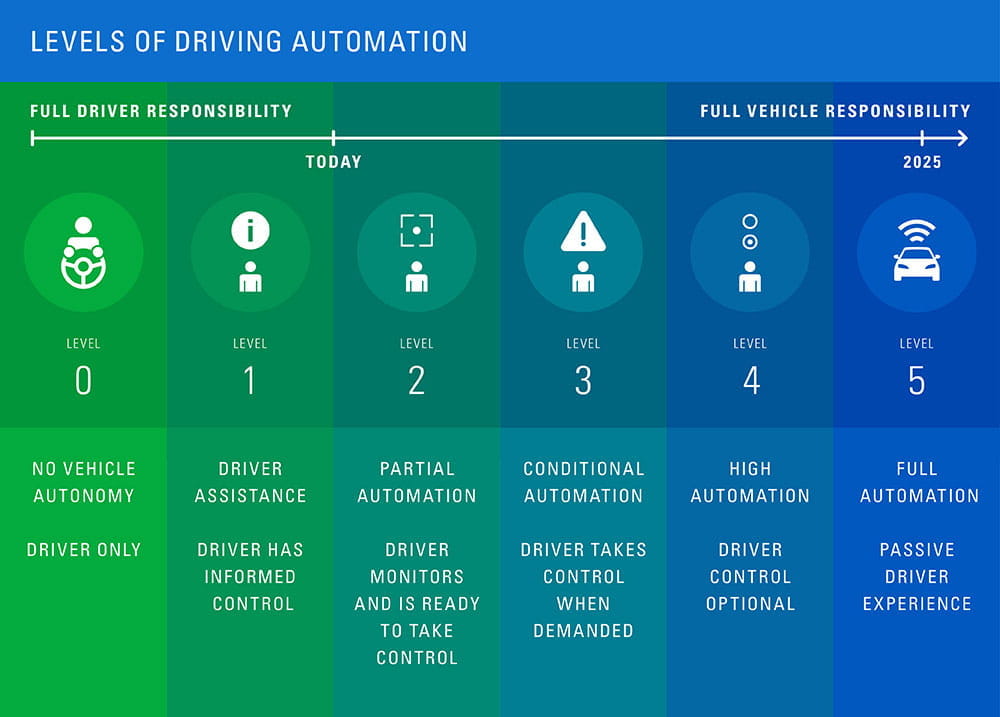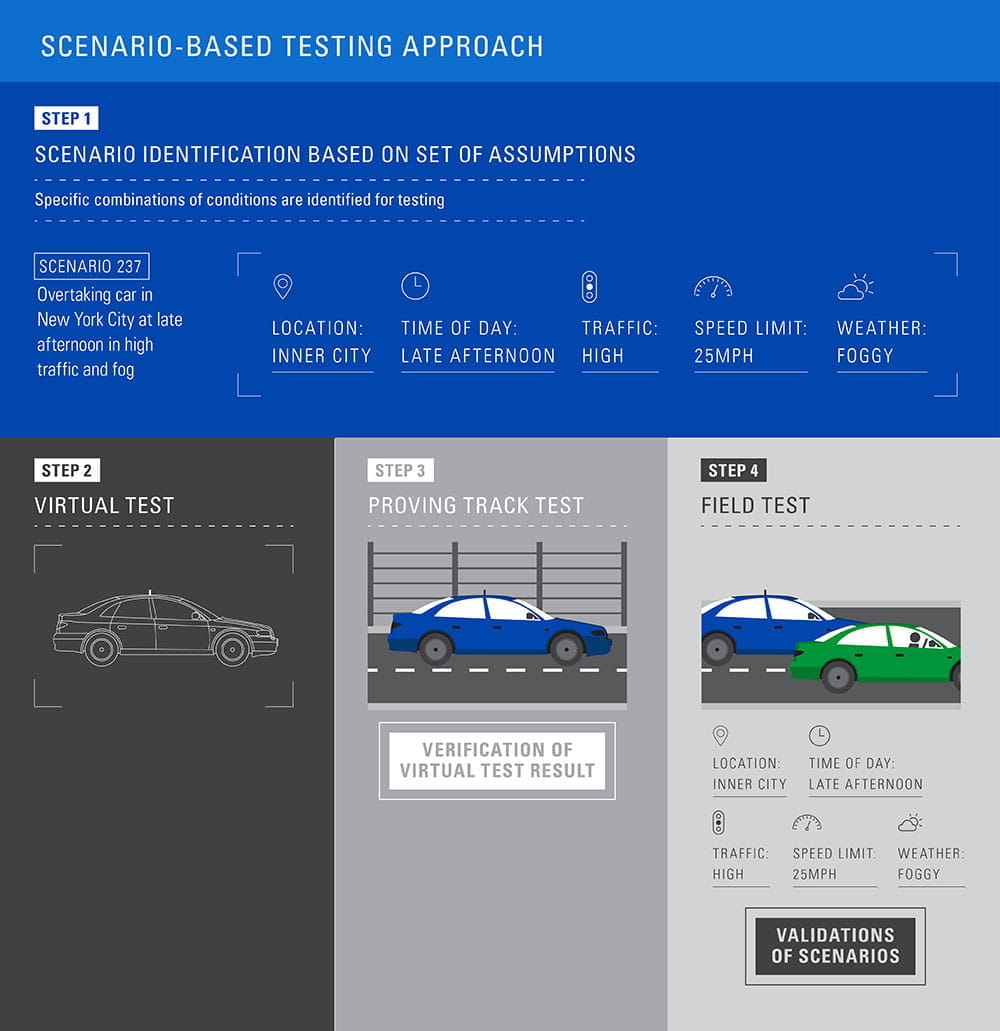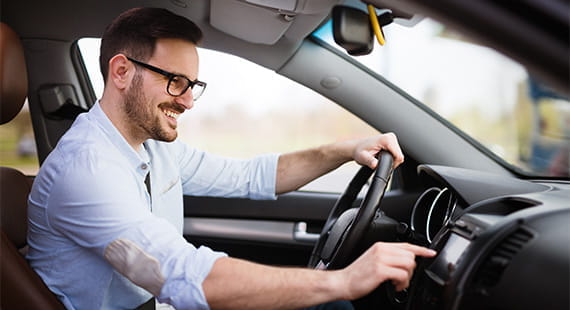
Are driverless cars ready for real-world complexity?
Are driverless cars ready for real-world complexity?
"We have a long way to go to convince the public. However, the safety alliance of business, politics and third party testing has proved its worth where confidence in cars is concerned. TÜV SÜD will contribute the full scope of its expertise and play a proactive role."
Alexander Kraus
Senior Vice President Automotive, TÜV SÜD
Thursday, January 26, 2017
A race that looks set to radically transform our cities and lives as high-tech newcomers and established car manufacturers vie to spearhead the autonomous vehicle revolution. Soon we may live in cities where we work while commuting, instead of simply commuting to work. Cities in which driverless cars travel more closely together generating a host of time and energy efficiencies. Cities with open spaces instead of parking spaces. And perhaps most importantly of all, a world in which road accidents, often the result of human error, are reduced by as much as 90%1.
But are we really ready to hand over the wheel and put that much faith in our machines? As drivers know, traffic represents a highly complex system, capable of changing in an instant. How can drivers be assured that the autonomous vehicle is ready to venture out on its own?
This assurance won’t happen overnight, but will require a gradual process. The pace of this transition will rely on the development of technology, frameworks, and on the mindset of each individual driver. Accepting co-piloting features like automatic cruise-control, autonomous emergency braking and lane-keeping is one thing. Giving up full control of the car will prove to be a greater challenge. In a poll conducted by TÜV SÜD, 30% of the respondents said they consider autonomous driving to be “safe” or “very safe”, while almost 30% were undecided. The remaining respondents considered autonomous cars to be “somewhat unsafe” (18%) or even “unsafe” (24%).
As autonomous vehicles emerge from the test lab and on to our roads, their ability to capture public support will depend on the trust and confidence of the drivers themselves. Notably, legal liability along with the technological reality, will shift from drivers to developers and manufacturers.

With the number of real-life traffic scenarios in real-life traffic almost infinite, each autonomous vehicle faces a very complex reality. How can we validate their capability to manage on their own? Actively shaping the mobility of tomorrow, TÜV SÜD is developing an integral, scenario based assessment approach to achieve just that.
Setting out to test every conceivable situation as we move from A to B would be futile. A more realistic approach would be to identify and assess a set of test cases covering an essential range of scenarios.
For this purpose, TÜV SÜD experts are developing a methodology for the thorough analysis of scenarios, environments, system configurations and driver characteristics. Having determined a significant and sufficiently complete set of test cases, different test levels are utilised for assessment of these self-driving cars: virtual, proving ground and field tests.

This testing methodology is applicable for system development processes, legislative proposals as well as type approvals and confirmation of product safety.
TÜV SÜD participates in the German government’s PEGASUS project, a consortium of central automotive industry stakeholders that focuses on assessment and validation of highly automated driving systems on highways, thereby laying the right foundation for market release.
Just as important as the safety of self-driving vehicles on highways is their safe rollout within urban environments. Therefore, TÜV SÜD also participates in Singapore’s CETRAN project that will develop testing standards for urban use of automated vehicles.
As autonomous mobility advances, our cars will increasingly connect with each other and surrounding infrastructure. Connected smart mobility transportation systems will improve traffic flow and passenger safety, but will also introduce security-related vulnerabilities. For the automotive sector, IT-security presents a new threat landscape that requires a holistic approach.

As with any new technology, a preemptive assessment of risks is critical to ensure that the driverless car truly delivers on its phenomenal potential. With an expert Partner such as TÜV SÜD by your side at every turn, you can rest assured that the road ahead will be smarter, safer and more rewarding.
Sources
1 McKinsey, Article: Ten ways autonomous driving could redefine the automotive world – June 2015

Gear up for safety and success in the automotive & transportation industry.
Learn more

Ensure road safety with increasing connectivity
Learn more
Site Selector
Global
Americas
Asia
Europe
Middle East and Africa